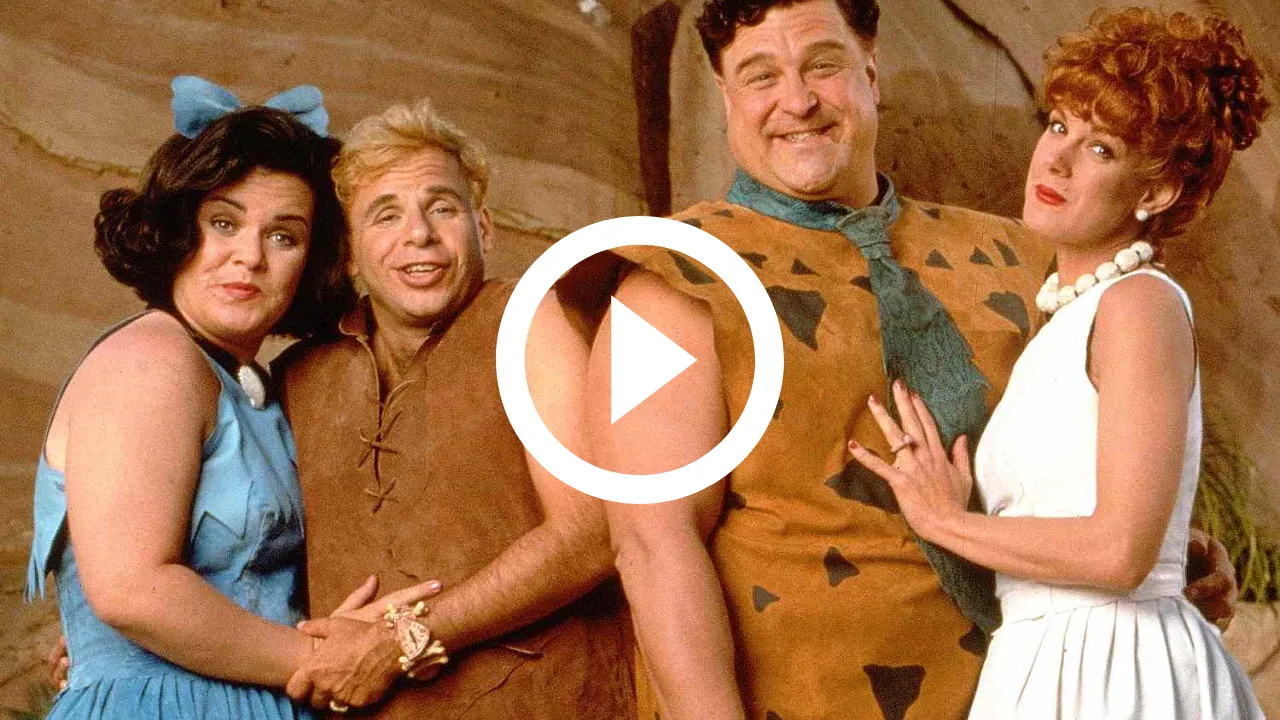Bundy and the Green River Killer (2019), directed by Andrew Jones, is a crime thriller that imagines a chilling psychological encounter between two of America’s most infamous serial killers: Ted Bundy and Gary Ridgway, also known as the Green River Killer. While the film is based loosely on real events, it dramatizes an unsettling “what if” scenario where one murderer helps catch another.
The story follows a detective struggling to understand and capture the Green River Killer, who has been leaving a trail of murdered women across Washington state. Desperate for insight, the detective turns to an unlikely source—Ted Bundy, already on death row at the time. Drawing inspiration from the real-life involvement of Bundy in helping the FBI profile Ridgway, the film explores the dark, manipulative mind of Bundy and the eerie parallels between the two killers.
Bundy is portrayed as a charming yet monstrous figure, eerily calm and calculated, offering twisted guidance into the psyche of the killer still on the loose. Through intense conversations in a prison setting, the film attempts to reveal not just the mechanics of murder, but the warped reasoning behind it.
The performances are a mixed bag—while the script occasionally dips into cliché and the low-budget production limits its realism, the film does succeed in creating a disturbing atmosphere. The tension lies not in violence or action, but in the psychological dance between predator and profiler.
What makes Bundy and the Green River Killer compelling is its focus on evil analyzing evil. It offers a grim meditation on how understanding monsters sometimes requires talking to one. However, the film is more stylized fiction than factual retelling, and it should not be approached as a true-crime documentary.
Overall, it's a disturbing, if flawed, portrayal of two real-life nightmares. For fans of serial killer dramas or psychological profiling, it provides a dark, dialogue-driven dive into America’s criminal underbelly.



